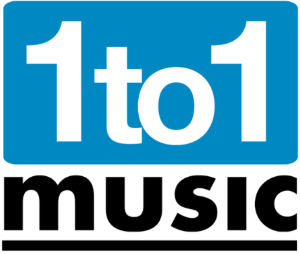Irish Diaspora
Migration:
The history of the Irish diaspora is a long one and involves the immigration of a very large amount of people. Irish immigration to the United States began early in our country's history on a smaller scale, but a few defining events in Ireland in the 19th century began the massive wave of emigration from the country that would truly begin the Irish diaspora. Early in the 1800's, Ireland was under the control of the British government and a majority of the population was very poor. When "An Gorta Mor", or The Great Famine struck in 1845 killing about 75% of the potato crop in the nation, the main food source for most of the Irish people, they were forced to move elsewhere or to face starvation[1] [2]. They scattered to European countries like Scotland and England, as well as South America, Australia, Canada, and New Zealand[7]. A very large number of Irish also came to the United States, mostly to Boston but also spread throughout the country. Though the Irish had a very tough start in the U.S., they have since become a major influence on American culture and music, Including St. Patrick's Day celebrations, many world-famous musicians, and even The first Catholic President of the United States, John F. Kennedy.

Traditional Irish Music:
Traditional music in Ireland has a long, rich history based mostly in the country's Celtic roots. One style of music from Ireland in Sean Nos, which is a style of solo ballad singing, traditionally sung in Irish language[3]. This video clip shows Brian O'Hart singing sean nos in traditional Irish language in St. Louis, Missouri in 2010.
Instrumentation in also very significant in traditional Irish music, including the flute, tin whistle, Uillean pipes, bodhran, fiddle, bouzouki, accordion, and Irish harp. Irish traditional music gatherings in which the playing of the music is the main focus are called sessions. Sessions can take place anywhere such as a private house, pub, or outdoors; and is similar to what Americans might call a "jam". This video clip shows a session taking place in Pensacola, FL. The following citations lead to websites that show scheduled sessions, the first one in New York City, the other across the United States[5][6]
Irish music also has strong roots in aiding dancing and celebration. One type of gathering in which traditional Irish music is displayed is a Ceili , a communal gathering in which people come together to dance and enjoy one another's company set to a backdrop of traditional Irish tunes. The video below shows ceili dancing in Vancouver from 2008.
Irish dance is not only rooted in fun and celebration, but also has a long history of fierce competition based around it. Irish stepdancing has been done competitively for centuries both in Ireland and across the Irish diaspora throughout the world. Dancers take part in competitions called Feiseanna, which require immense amounts of skill and dedication, and are as physically exhausting as athletic competition[4]. Ceili dancing can also take place competitively. Irish stepdancing also had a huge worldwide surge in popularity in the 1990's thanks to Riverdance, a blend of intense performances by highly skilled stepdancers and Irish musicians that starred Michael Flatley and Jean Butler.
Influences:
Traditional Irish music has had a major influence on a lot of the music that people in America and across the world listen to to this day. On of example of Irish influence is on American Roots Music like Bluegrass and Folk music. The Fiddle, which is a traditional Irish instrument, plays a huge role in all kinds of American music including Bluegrass, Folk, Country, and Zydeco, as well as others. The same can be said for the Accordion and the Flute, which have made their way into music not only from America, but in many places throughout the world. Ireland and the Irish diaspora have also created a number of world-famous musicians that have greatly shaped the landscape of Rock and Roll and Pop music alike. Van Morrison and U2, some of the most well known Rock artists in the world, call Ireland home. Also, artists like Enya and Sinead O'Connor, both from Ireland, and Dido, an English artist of Irish descent, have played major roles in the international Pop music scene. Irish artists have also played a huge part in American Punk music with Irish-influenced American bands like Flogging Molly and Dropkick Murphys[9].
by Garrett Madding
